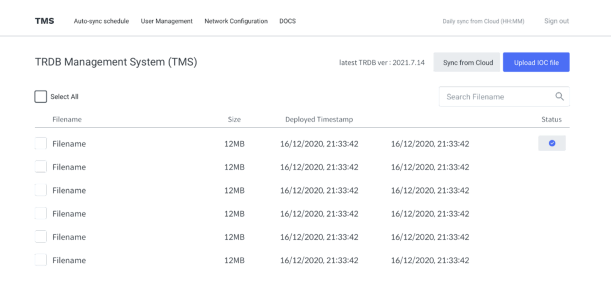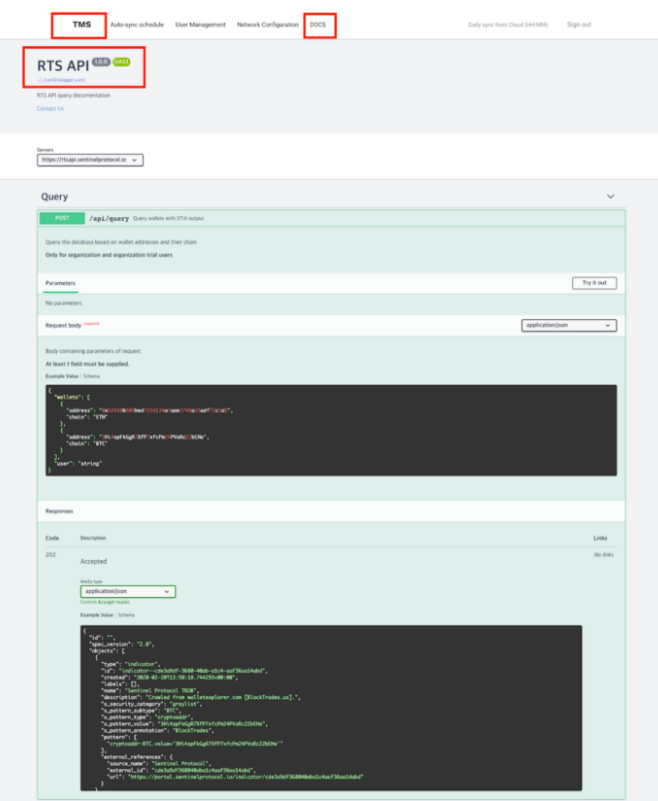Uppsala Security, a provider of advanced tools and services for crypto AML, KYC, transaction tracking and regulatory compliance analytics, announced the release of TOMS 2.0, the new version of its on-premise threat reputation database management system will be released at the end of March 2021.
The product was originally developed to meet the increased demand for on-premise solutions that meet the latest and most stringent regulatory requirements in the field of digital assets, and with its new additional functions, it offers even more efficient and seamless results.
The main functions of TOMS 2.0 include up-to-date threat intelligence data, flexibility in integration – it can be used with any organization, its applications and services via a RESTful API and of course, as the name suggests, the on-premise property, there it enables dynamic online access to the latest collective security intelligence data stored in the. be hosted Threat Reputation Database (TRDB) without an active internet connection in the internal computer network of an organization.
The regulations in the blockchain / decentralized ecosystem are gradually becoming stricter and more specific worldwide. High-profile government agencies, financial institutions and financial software applications that have to comply with the strictest regulatory frameworks often have to use on-premise solutions to increase data protection and security. By using a product like TOMS, Uppsala Security customers worldwide can not only enjoy access to the latest crowdsourced threat intelligence, but can do so in a secure and compliant environment on site.
The 2.0 version of TOMS includes several improvements in various aspects, as follows:
1. Display of the download progress bar;
2. The currently available TRDB version is displayed on the TMS screen (as a date / time stamp);

3. There will only be a single front end: TMS (the front end of RTS was merged with that of TMS so that users no longer have to log in twice);

4th The auto-sync settings are changed to an hh: mm format;

5. The auto sync settings or manual trigger will look for missing files and download them, provide RTS and update the dB automatically (the missing files will be checked between the last downloaded file and the latest available TRDB version);
6th Local TRDB household
- Complete IOC and update IOC files are retained for 14 days;
- The downloaded timestamp of the IOC file, which is older than 14 days, is automatically deleted.
Source:
uppsalasecurity.com
